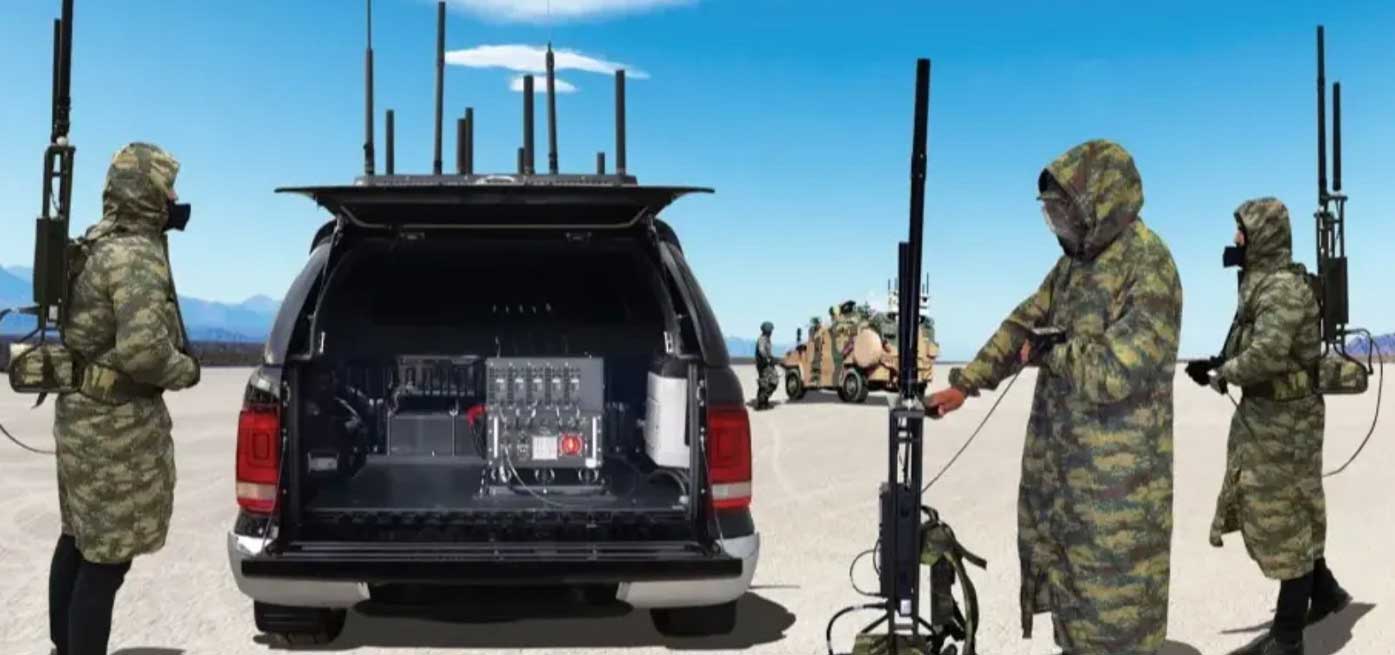
Buying Guide for Portable Signal Jammers
Key Takeaways Consideration Detail Product Weight Jammer Master’s portable jammers average 1.5Kg, significantly lighter than desktop models. Frequency Bands Capable of blocking multiple bands with
Free Worldwide Shipping & 1-Year Warranty!

Do you want to buy a cell phone jammer? Find out here what you can use a jammer for and what you need to consider before buying one.
Cell phone jammer, also known as cell phone blockers or jammers, are devices that disrupt radio connections such as cell phone networks, WLAN or GPS by emitting radio waves. The range is between 10 and 80 meters. The military and government have models that can jam radio signals for miles.
Retailers can use jammers to prevent you from comparing prices in-store. This could potentially increase retailers’ sales.
Jammers can also be useful in certain rooms where quiet is desired or where distractions are to be avoided. In this way, ringing mobile phones can be prevented during a cinema performance or young people chatting in schools.

Attackers can use jammers to interrupt radio connections. For example, the image from the surveillance camera can be interrupted by overlaying or blocking radio transmissions. To protect yourself, these attacks must be detected.
A jammer sends a random signal (noise or pulses) on a specific frequency with the greatest possible strength and thus superimposes it on the original transmission. If jammers are used in a targeted manner, we speak of strategic jammers. These devices are also known as jammers, and the process is known as noise jamming.
There are jammers for various radio protocols such as Bluetooth, WiFi, GSM, UMTS, LTE and GPS. Whereby the specific frequency of the radio protocols is disturbed. Very simple and small devices can only interfere with radio signals within a limited radius. For example, there is a small car cigarette lighter adapter with the function of jamming the GPS signal. Portable devices with an integrated rechargeable battery range of up to 20 meters under optimal conditions, depending on the version. Usually, they can interfere with the signals in a room. Powerful stationary devices can have a range of up to 80 meters.
They are sometimes used in detention centres to stop prisoners from illegally communicating. The challenge here is that no external signals are blocked, for example, the mobile phone signal to call the emergency services. Jamming transmitters are sometimes also used in cinemas and theatres abroad so that the events are not interrupted by a mobile phone signal. Another purpose is, for example, to block control signals from drones.
If attackers use such a jammer, it can, for example, block the wireless connections of surveillance cameras or window sensors in alarm systems. Therefore, interrupting connections must always be equated with an alarm. In addition, jammers can be detected by continuously testing a wireless connection between two components with a cable connection. If the connection is broken, a jammer is active. Alternatively, but also more difficult to solve technically, the signal level, the strength of the radio signals, can be tested. If a new strong source is detected here, it could be a jammer.
Our frequency checker tool will help you check all frequency bands used in all country.

Key Takeaways Consideration Detail Product Weight Jammer Master’s portable jammers average 1.5Kg, significantly lighter than desktop models. Frequency Bands Capable of blocking multiple bands with

In an age where the sky is dotted with drones, the importance of drone jammers has never been more significant. From commercial deliveries to personal

Protect your vehicle’s location privacy with a professional guide on GPS jammers. From selection to legal considerations and installation tips, we’ve got you covered. Key

The signal jammer can help us block any signal you dislike. Most of our jammers can block the signal from 10 to 500 meters. If

Some of our customers ask questions about the cell phone booster. How does it interact with the signal jammer? Can the jammer override the booster?

Today, the safety and protection of personal information are gaining more and more relevance. For some data, you can get a tidy sum, and cases

We rely on our mobile phones and cellular service wherever we go. How could we not? These are small portable computers that help us stay